What we do
The Micro-Nano Innovation Lab ("mini lab") investigates multidisciplinary approaches to develop new intelligent sensing and robotic strategies in micro/nano scales. We study nanotechnology, light-matter interactions, micro-particle dynamics, microscale fluid dynamics, and bioengineering to reach our goal. The research involves the design and manufacture of micro/nano systems for diagnostics (e.g. infections, cancer, neurodegenerative diseases) and microscopic therapies/surgeries (e.g. localised drug delivery, novel minimally invasive procedures).
Why it is important?
Timely identification of illnesses, less intrusive interventions, and precise/personalised treatments in challenging areas within our bodies, like narrow blood vessels, are essential technologies for improved healthcare management. The foundation for empowering these technologies lies in the development of devices capable of sensitively detecting disruptions in microenvironments that impact normal physiology and of precisely addressing these issues via targeted drug delivery, surgery, etc. at the cellular and molecular levels (micro/nano scales). Understanding the pathophysiology and engineering of the designs and functionalities of such devices accordingly is, thus, vital to enhancing current medical technology. Also, this has the potential to drive the development of advanced medical micro-robots with integrated sensing and therapeutic capabilities, offering new opportunities for future advancements in healthcare.
How can it benefit patients?
Early detection of diseases followed by minimally invasive, targeted and personalised therapy can have evident advantages for patients in terms of prognosis, health management, and economic implications. First, it can reduce excessive physical and biochemical alterations to the microenvironments, e.g., scarring after resection, antimicrobial resistance after antibiotics administration, etc., offering a better prognosis with fewer side effects. Micro/nanodevices can also be engineered to be implantable, enabling long-term health monitoring and treatment. Finally, the localised and precise manner of the technology allows efficient planning of the optimal procedures and accurate dosage, resulting in reduced cost.



